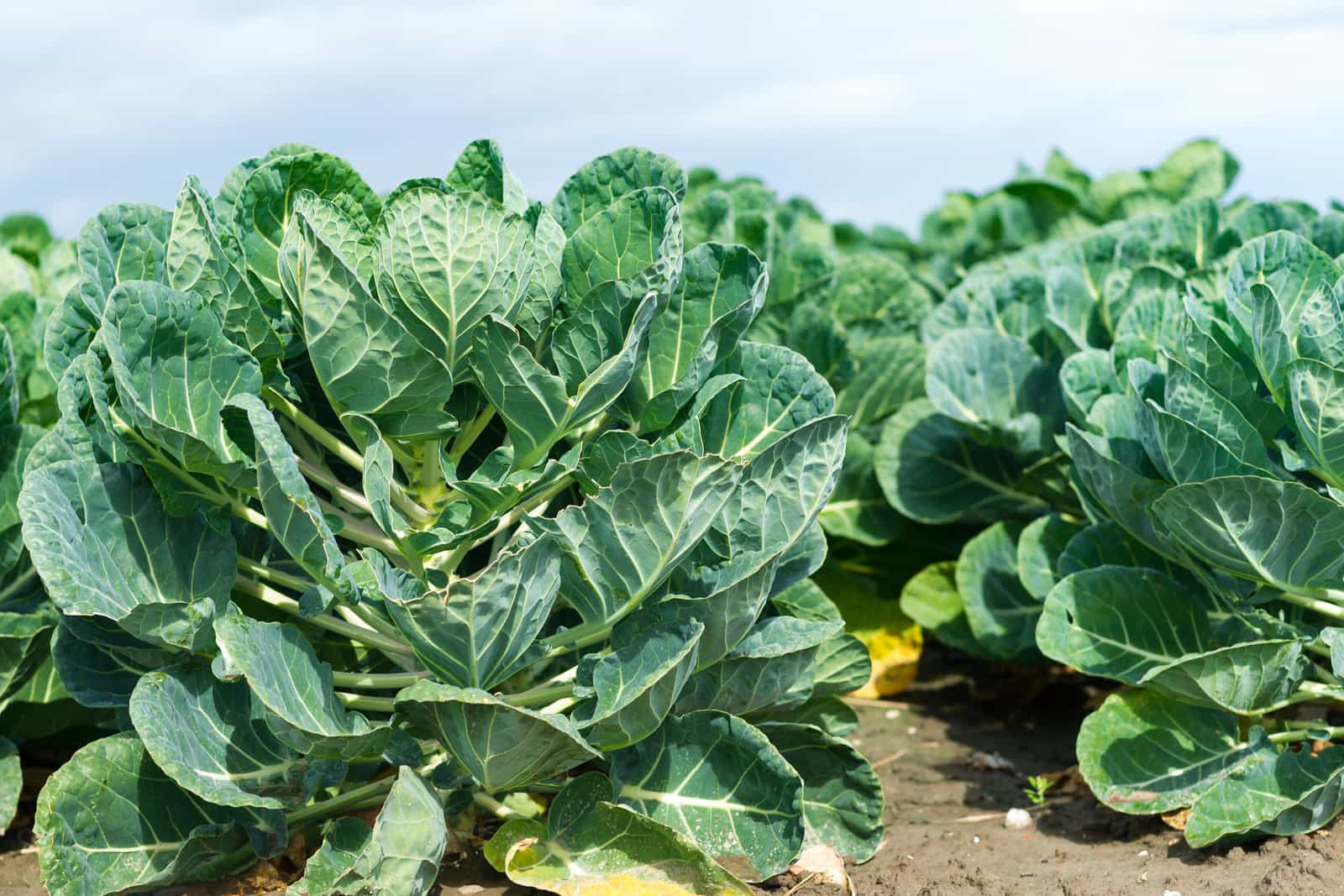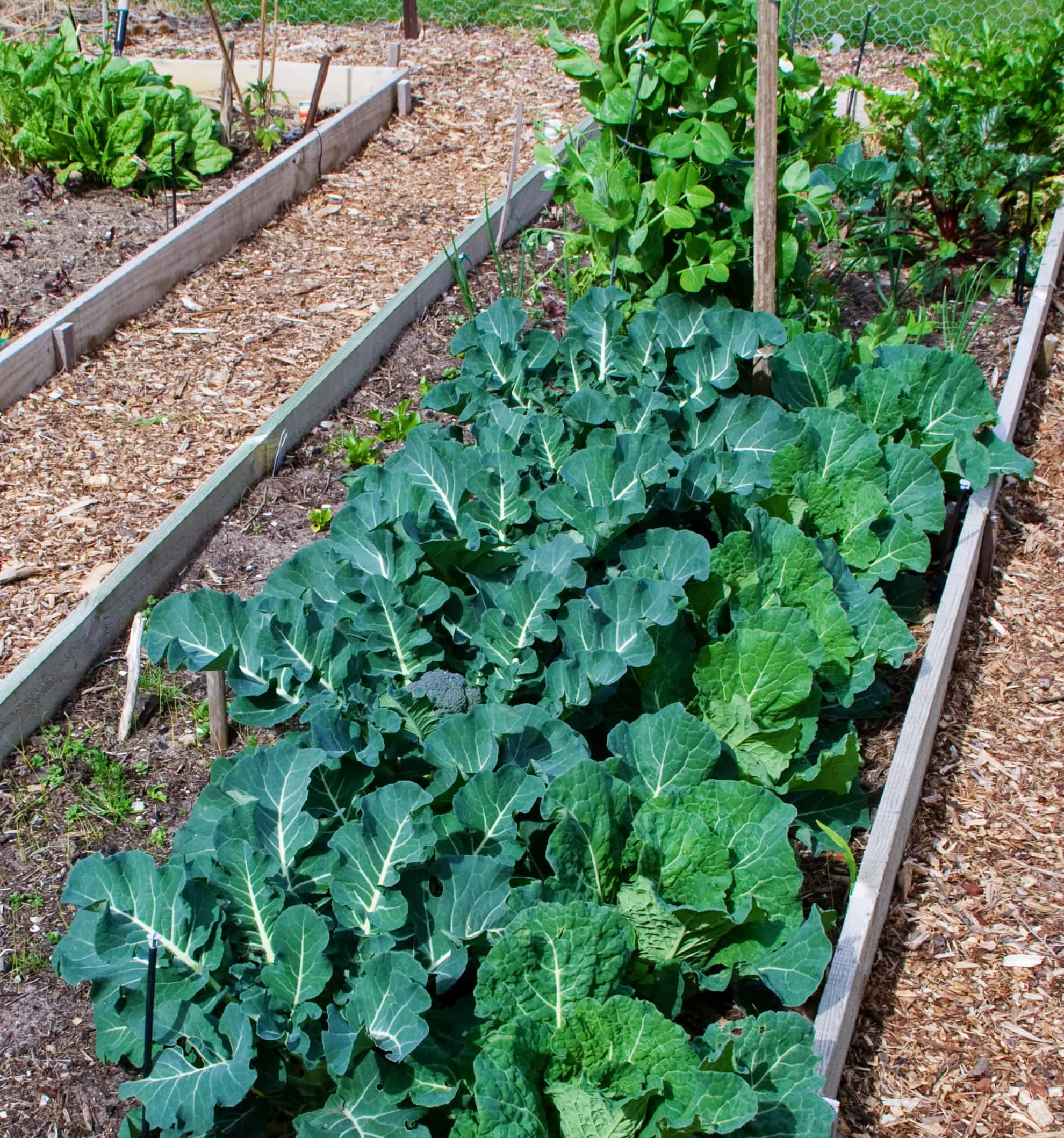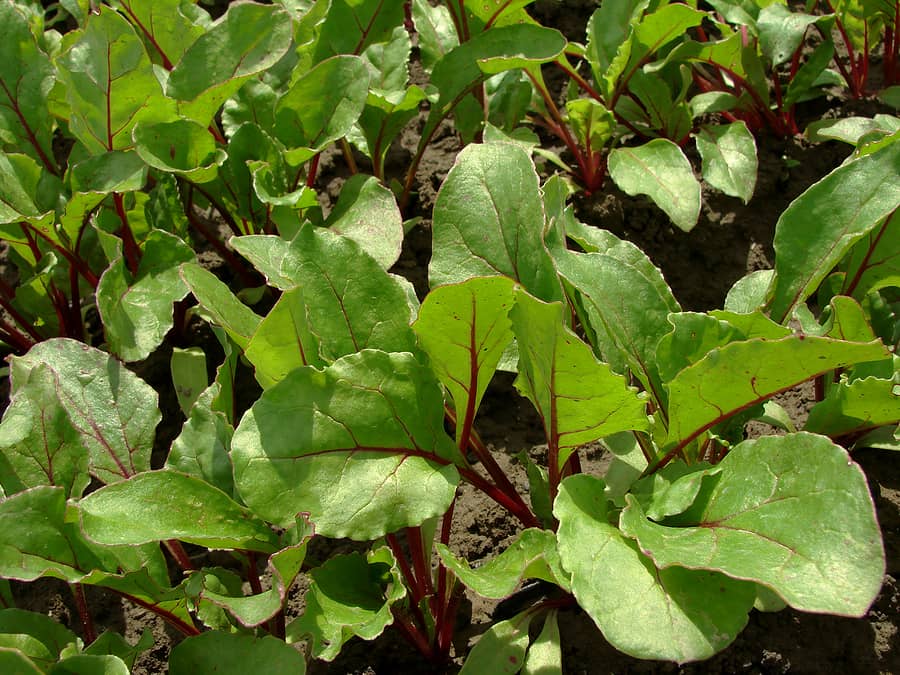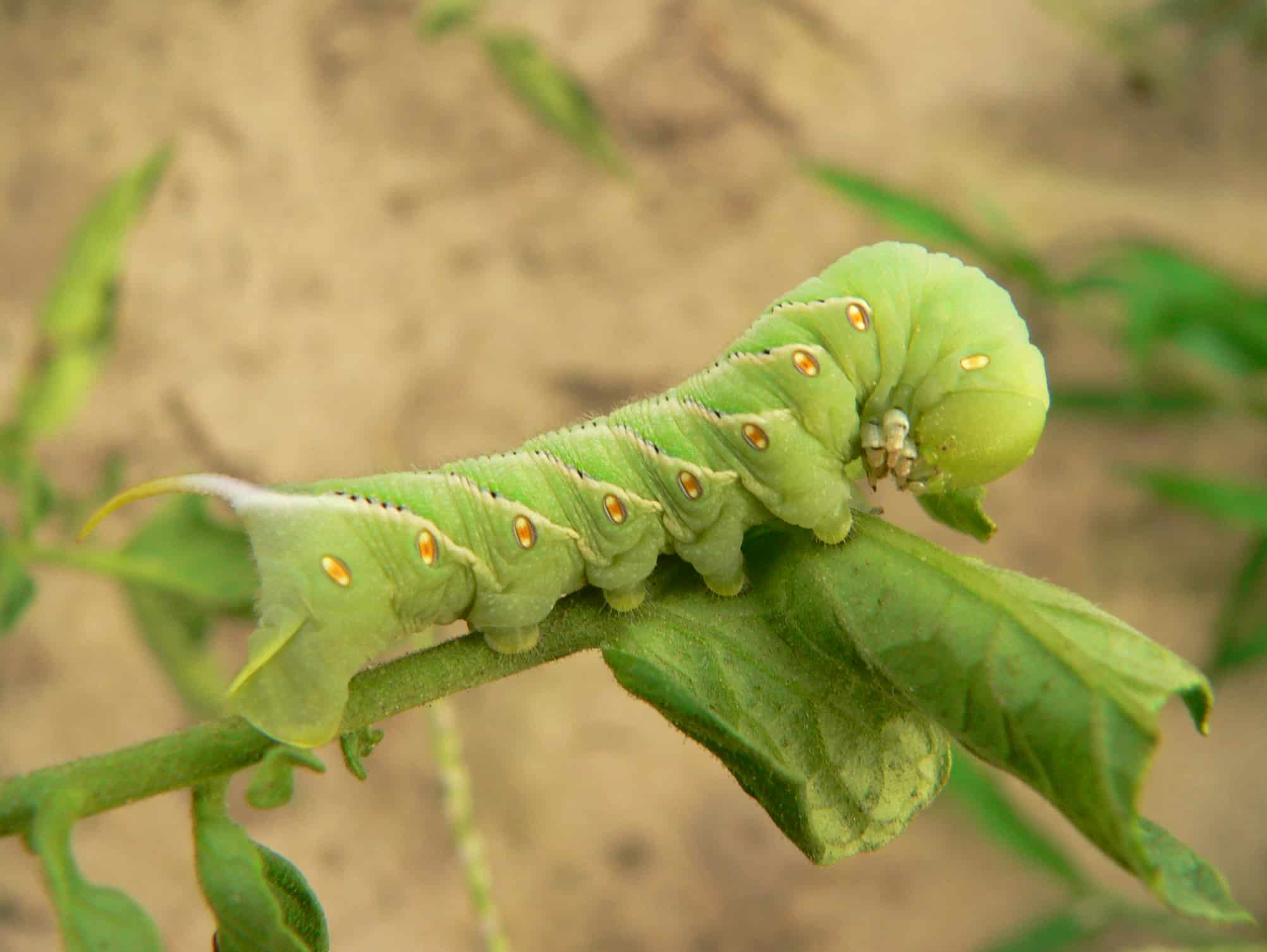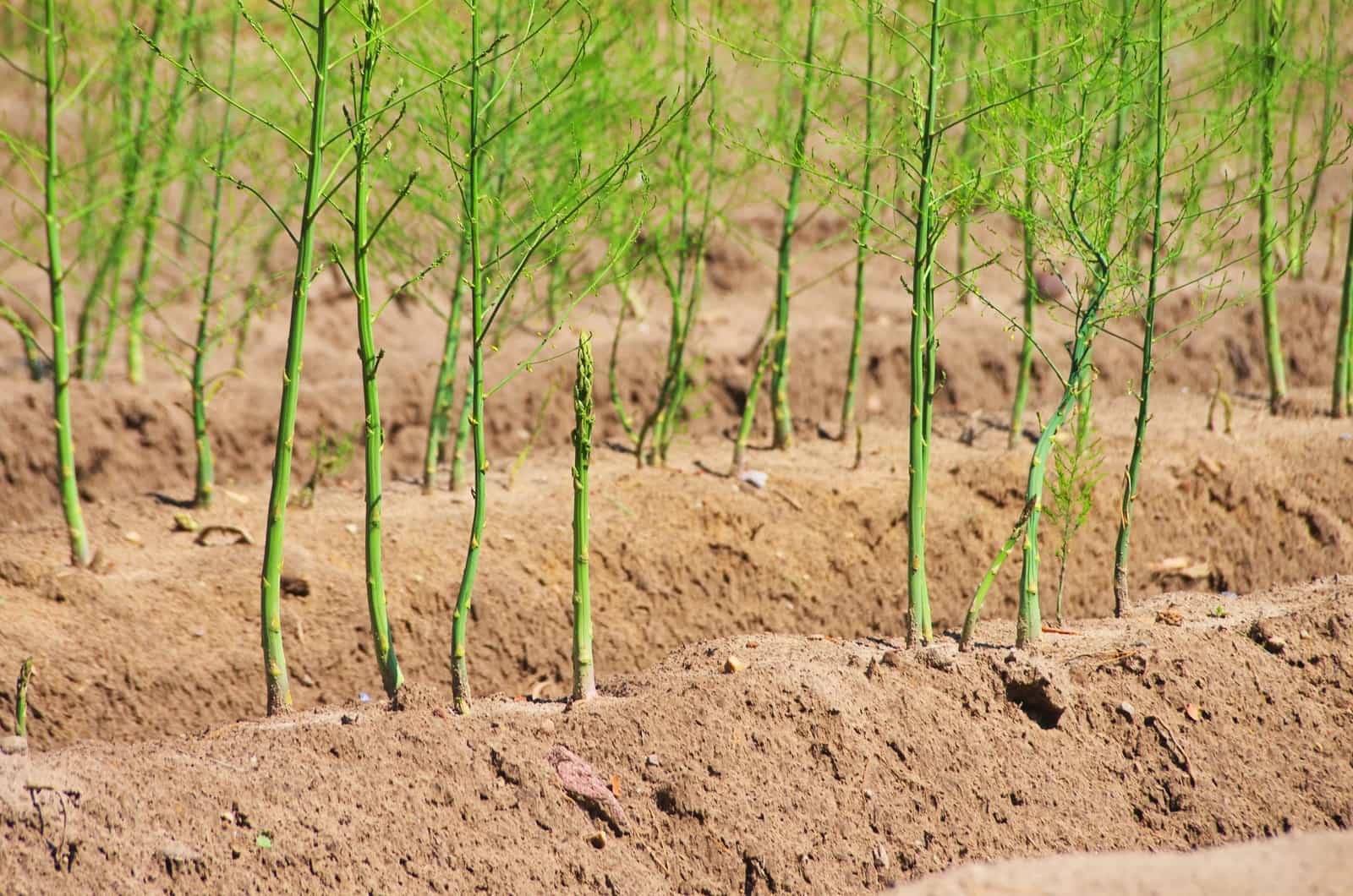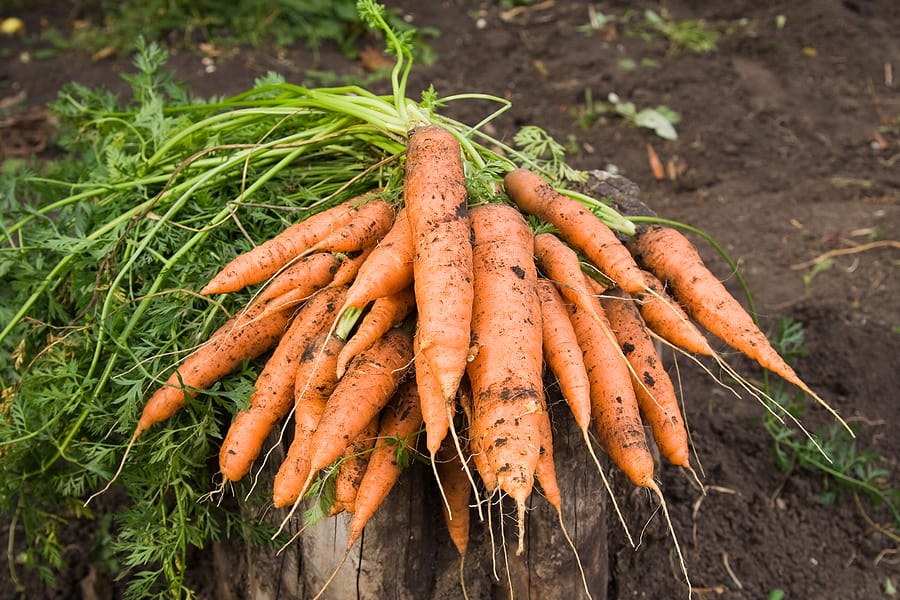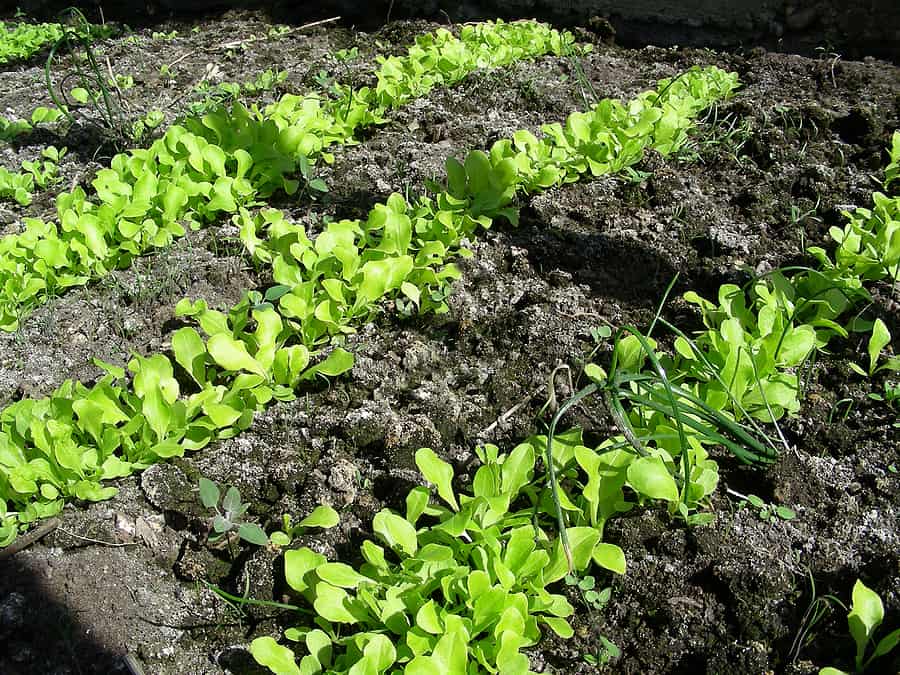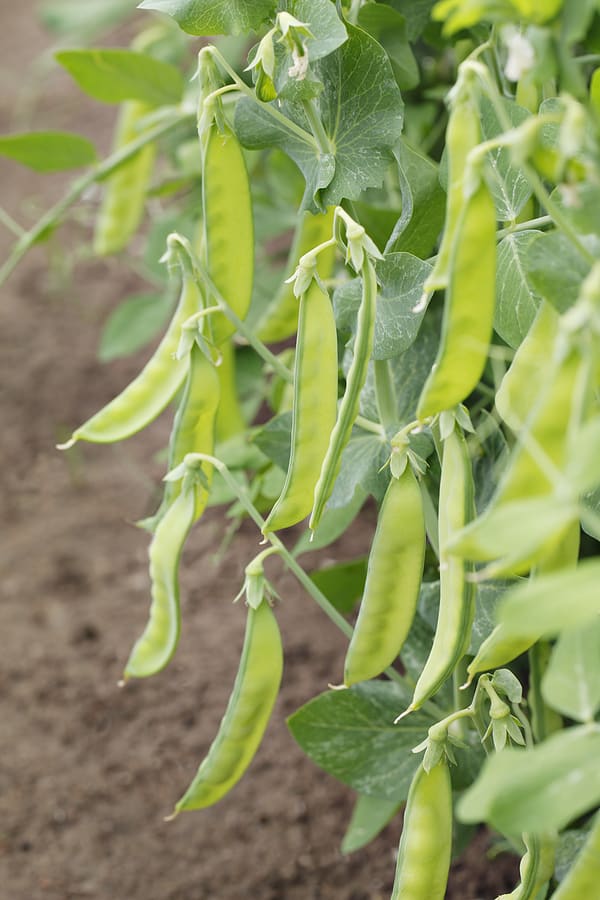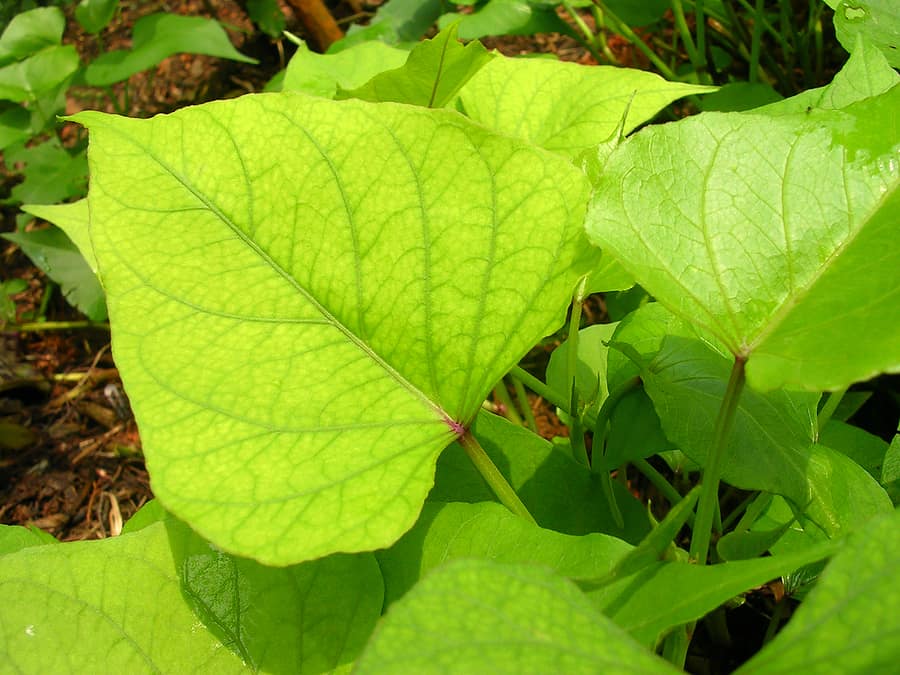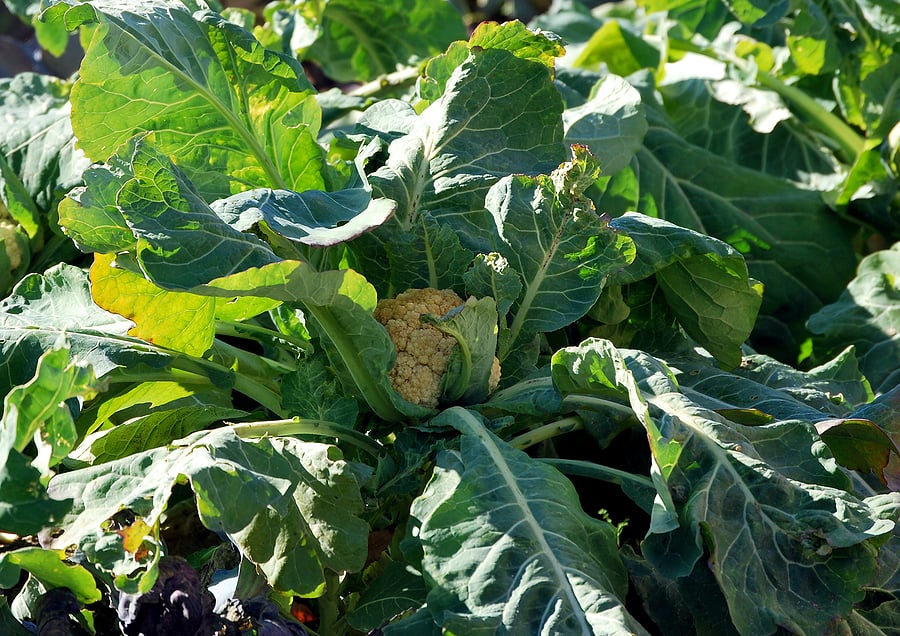Diseases
Latest stories
More stories
-
Beets and Swiss Chard Growing Problems: Troubleshooting
Beets grow best in cool weather. For best fresh eating, harvest beats when they are half grown–about six weeks after sowing. Beets will still be good eating when grown to full size. Thinning beets is important: thin first when roots begin to thicken–the tops will be young and tender and can be served fresh in […] More
-
Onion Family Growing Problems: Troubleshooting
Onions and their close relatives–chives, garlic, shallots, and leeks–are among the oldest home garden plants. Allium is the genus for these crops. All varieties of Allium require loose, well-drained soil rich in nitrogen.There are hundreds of varieties of onion family plants. All suffer from similar pests, diseases, and cultural problems Good Products for Pest and […] More
-
Tomato Growing Problems: Troubleshooting
Tomato plants are susceptible to several diseases and pests. Preventing problems is the best-growing strategy. Best tips on How to Grow Tomatoes. Here is a troubleshooting list of possible tomato problems with brief control suggestions. For a full description of pests and diseases and prevention and controls click over to the Pest Problem Solver of […] More
-
Asparagus Growing Problem Troubleshooting
Asparagus is a perennial vegetable that will keep on producing for 20 years or longer given the right location and care. A healthy asparagus patch requires a bit of attention. Rule Number One: Keep ahead of asparagus problems, pests, and diseases. Good Products for Pest and Disease Control at Amazon: Here are asparagus growing problems […] More
-
Spinach Growing Problems: Troubleshooting
Spinach growing problems are often related to growing spinach in the wrong season. Grow spinach in cool weather. Sow spinach in the garden as early as the ground can be worked in spring. Make succession sowings every 10 days for a continuous harvest of young tasty leaves. Continue sowing spinach until just a few weeks […] More
-
Carrot and Parsnip Growing Problems: Troubleshooting
Carrots and parsnips grow best in loose, sandy, humus-rich soil. Size does not make for more flavorful carrots and parsnips. For the best flavor, lift both crops before they reach maximum size. Carrots and parsnips can be sown thickly; later thin both from 2 to 2½ inches apart or more depending upon the variety. Young […] More
-
Lettuce Growing Problems: Troubleshooting
Most varieties of lettuce require cool weather or slight shading for best growth. Grow lettuce in the cool part of the year, when temperatures range in the 50s and 60sF. You can plant lettuce as soon as the ground can be worked in spring. Grow leafy varieties where the weather is warmer. Lettuce grows well […] More
-
Eggplant Growing Problems: Troubleshooting
They can be difficult to grow without these ingredients. Here is a troubleshooting list of possible eggplant problems with control and cure suggestions: (More eggplant growing success tips are at the bottom of this post.) Good Products for Pest and Disease Control at Amazon: Eggplant seed and seedling problems Seedlings are cut off near the […] More
-
Pea Growing Problems: Troubleshooting
Fresh-picked home-grown green peas are worth the effort. The flavor of fresh-picked peas will far outdistance the flavor of store-bought peas because the flavor of peas dulls quickly after picking as sugar changes to starch. Peas grow best in cool weather, but peas are not limited to spring planting. Late summer and fall planting can […] More
-
Sweet Potato Growing Problems: Troubleshooting
Sweet potatoes require loose, well-drained soil and about 100 very warm days. Sweet potatoes are usually grown from slips started from roots (to start your own add another 40 days). Set sweet potato starts into the garden about the same time you set out tomato transplants in spring. For sweet potato growing tips see Sweet Potato […] More
-
Okra Growing Problems: Troubleshooting
Okra can be grown with ease wherever sweet corn is grown. Okra is often associated with the South–think gumbo soup, but it grows well in northern gardens as well. Okra grows in average soil; start okra when the soil and air temperature are right for planting corn For okra growing tips see Okra Growing Success Tips […] More
-
Cauliflower Growing Problems: Troubleshooting
Cauliflower is grown much like cabbage but requires more careful treatment. It is best to start cauliflower indoors where it can be protected from both cold and hot temperatures. Spring-planted cauliflower is likely to face early cold and late heat which will make the effort difficult. Summer-planted cauliflower for fall harvest will be both easier […] More

